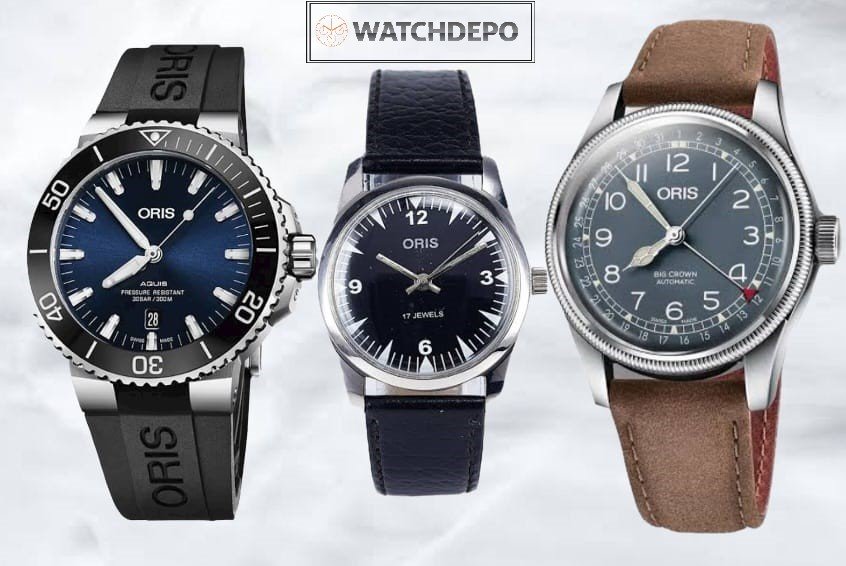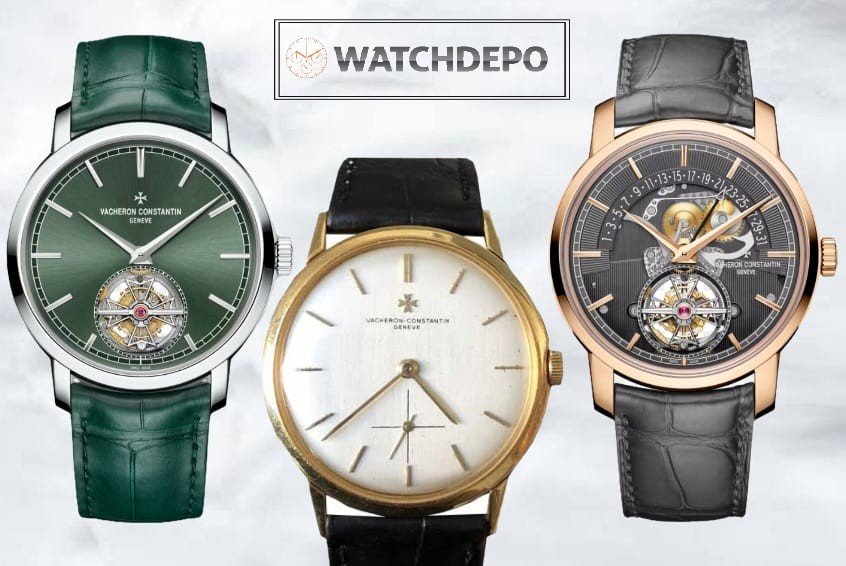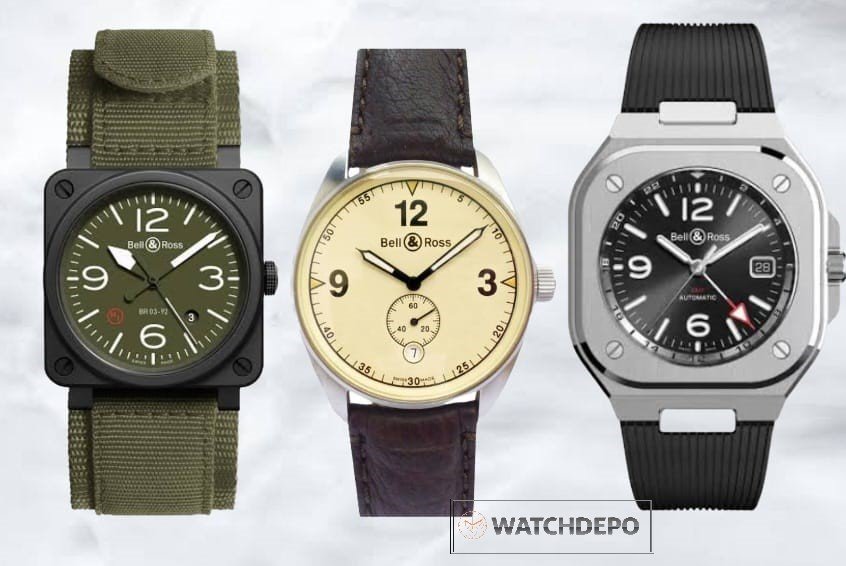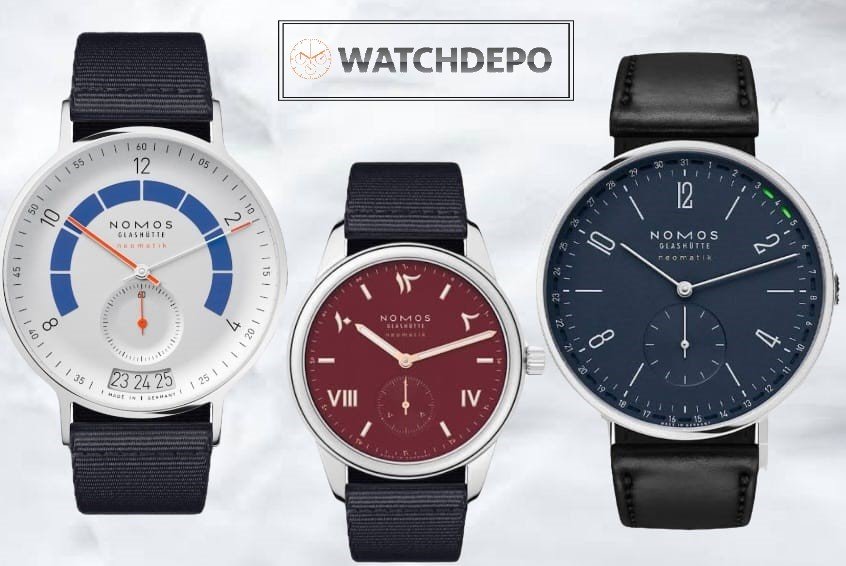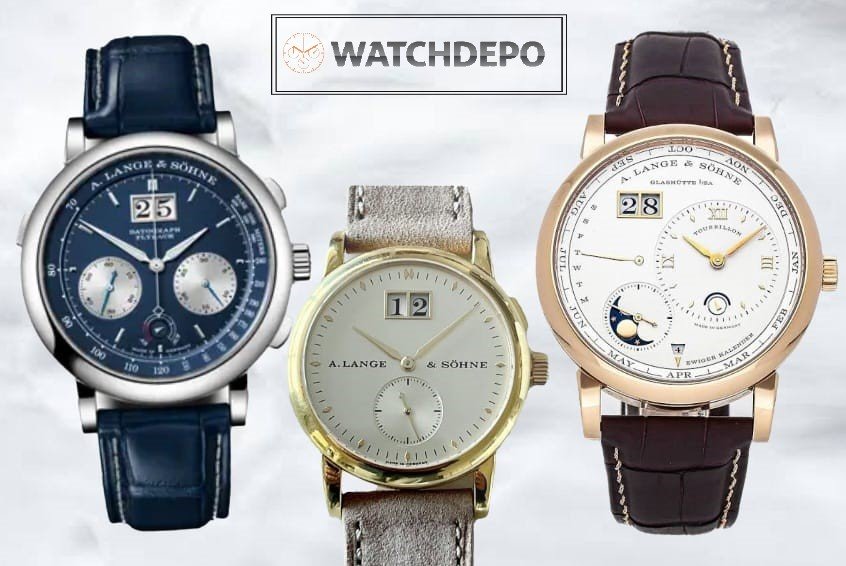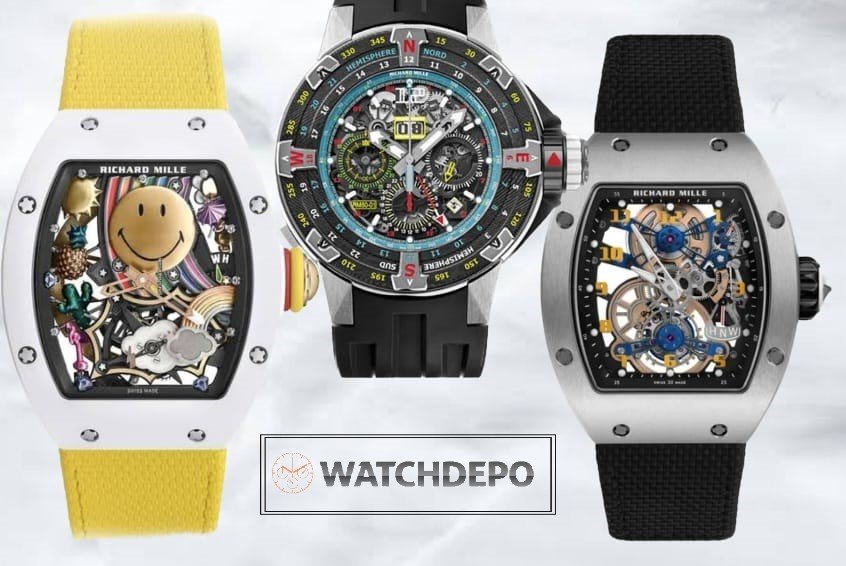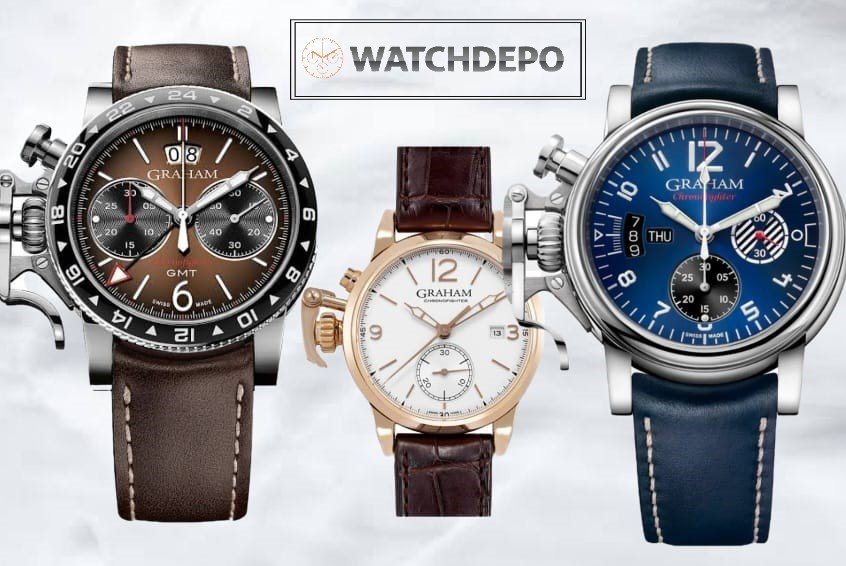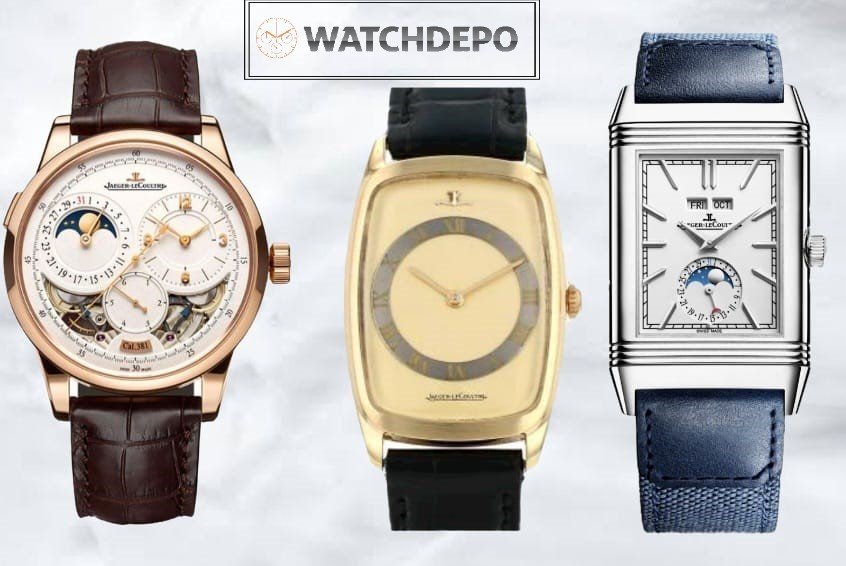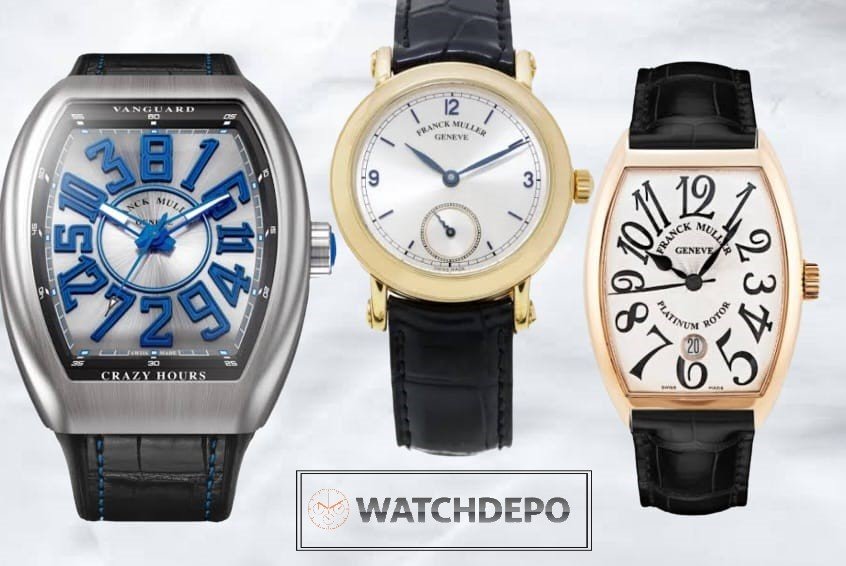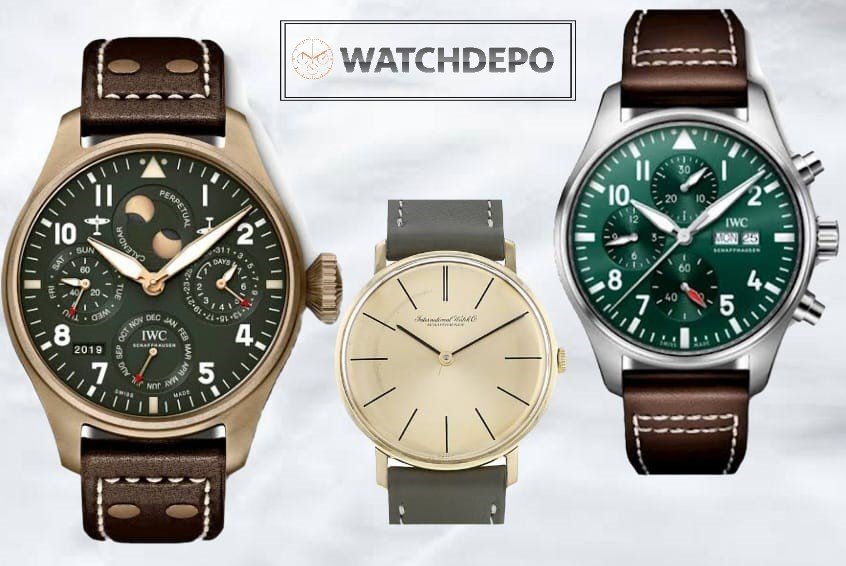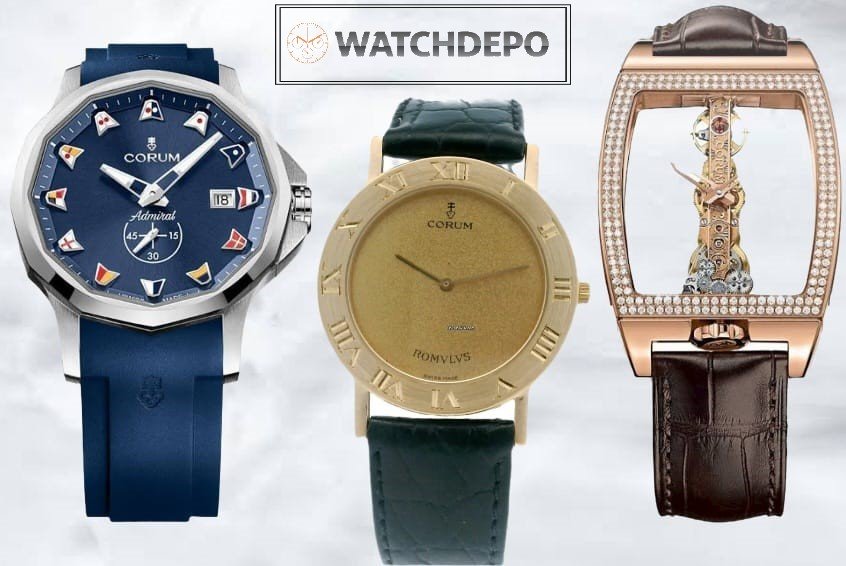Breitling: A Legacy in the Sky and Beyond
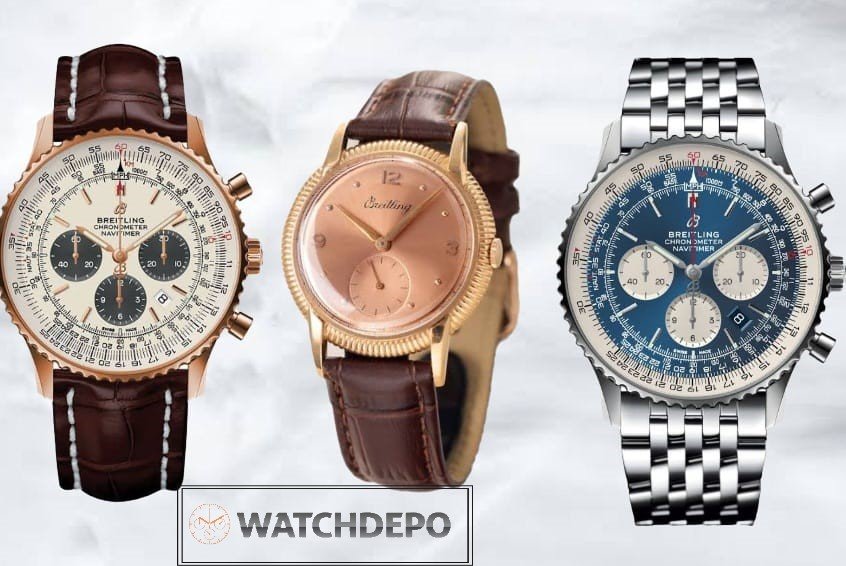
Breitling, a name that echoes through the annals of aviation and horology, is a watchmaker renowned for precision, innovation, and its deep connection to the world of pilots and explorers. Founded in 1884, this Swiss luxury brand has carved a unique niche in the history of watchmaking, blending functionality with style. Let’s delve into Breitling’s journey and discover how it became a symbol of excellence for adventurers and enthusiasts alike.
The Genesis of Breitling (1884)
Léon Breitling established his workshop in the Jura Mountains of Switzerland, focusing on chronographs and precision instruments. From the outset, Breitling’s dedication to quality and innovation was apparent, producing timepieces that catered to professionals in science, industry, and sports.
Chronographs: Precision and Innovation
Breitling’s early focus on chronographs set the stage for its future success. In 1915, the company introduced one of the first wrist-worn chronographs with a separate push-piece for stopping, starting, and resetting—revolutionizing timekeeping for aviation and other precise activities. By 1934, Breitling patented the two-pusher chronograph, a feature that remains a standard in the industry today.

Soaring with Aviation (1930s–1950s)
As aviation took flight, Breitling became an indispensable partner to pilots and aeronautical pioneers. The brand’s dedication to aviation led to the creation of the Breitling Navitimer in 1952, a watch equipped with a circular slide rule designed to perform crucial flight calculations. It quickly became the go-to tool for pilots, earning Breitling the nickname “official supplier to world aviation.”
During World War II, Breitling provided precision cockpit instruments for the Royal Air Force and other military organizations, cementing its reputation as a trusted name in aviation.
Exploring New Frontiers
Breitling’s innovation wasn’t limited to the skies. In 1969, the brand achieved a major milestone by unveiling the Chrono-Matic, one of the world’s first self-winding chronograph movements. This groundbreaking development pushed the boundaries of what mechanical watches could achieve.
The brand also ventured into space, with astronaut Scott Carpenter wearing a modified Navitimer on the Mercury-Atlas 7 mission in 1962, marking Breitling’s entry into the final frontier.
Revival and Reinvention
After a period of challenges during the Quartz Crisis, Breitling underwent a revival under the leadership of Ernest Schneider, who acquired the brand in 1979. The company focused on modernizing its designs while preserving its aviation heritage. In 2009, Breitling introduced the B01 caliber, its first in-house mechanical movement, reaffirming its commitment to innovation and quality.
A Legacy of Bold Design and Functionality
Breitling’s watches are celebrated for their robust construction, precise movements, and bold aesthetics. Collections like the Navitimer, Superocean, and Chronomat showcase the brand’s versatility, appealing to pilots, divers, and adventurers alike. Breitling’s commitment to sustainability and craftsmanship is also evident in its recent eco-friendly initiatives and partnerships.
Conclusion: Breitling’s Timeless Flight
Breitling’s legacy is a testament to the brand’s enduring spirit of innovation and excellence. From the early days of crafting chronographs to its current status as a leader in luxury timepieces, Breitling has continually pushed the boundaries of what a watch can achieve.
For those who dare to dream and explore, Breitling remains a timeless companion—a symbol of precision, reliability, and adventure. With every tick of a Breitling watch, history is written anew, honoring the pioneers of the past while inspiring the trailblazers of the future.

